Building Digital Public Goods: takeaways from India’s COVID-19 vaccine implementation programme
February 1, 2022
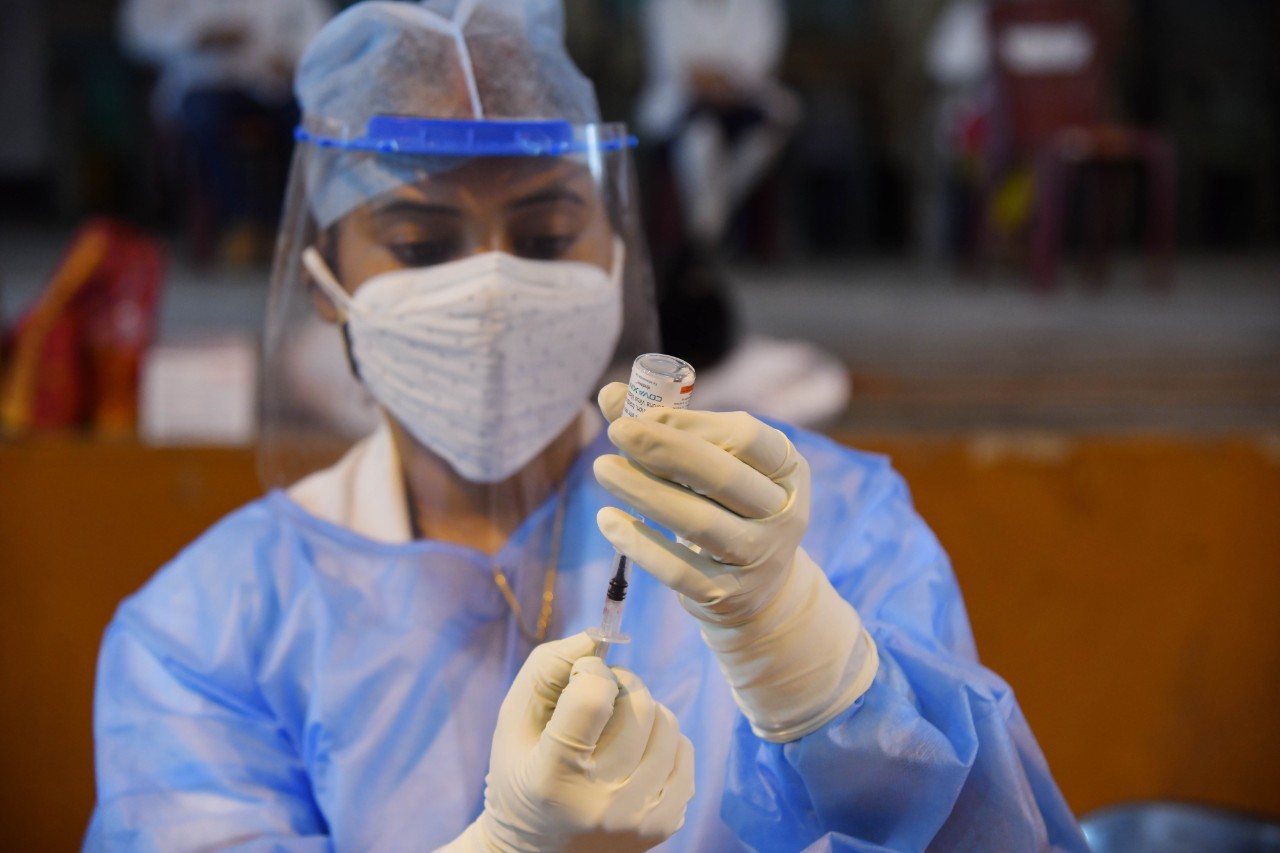
By Keyzom Massally, Senior Advisor & Digital Public Goods Lead and Manish Pant, Digital Health Specialist, UNDP
In July 2021, Prime Minister Narendra Modi offered CoWIN, India's technological platform developed to support its COVID-19 vaccination drive, as a digital public good to the world. CoWIN has achieved great results since launch: the platform has facilitated the delivery of 1.3 billion vaccinations in under a year across 327,000 centers, serviced by over one million healthcare workers.
India has emerged as a global leader in building population-scale digital public goods. India Stack for example is an ambitious project to build a unique digital infrastructure to help solve population-scale problems through creating a set of open APIs. The project has made presence-less (Aadhaar), paperless (eKYC, eSign, Digilocker), and cashless (UPI) services available for healthcare and urban governance.
India’s leadership in digital public goods offers unique lessons and digital public solutions that can be adapted by countries worldwide. This is especially relevant for lower middle-income countries, which face similar challenges as India, including barriers to access, connectivity, and digital literacy. UNDP is working with the Government to help drive the South-South cooperation agenda and leverage these programmes.
What are some of the good practices emerging from India’s CoWIN project?
Leveraging existing digital public infrastructure
In India, thoughtfully developed digital infrastructure formed the backbone for an inclusive, resilient, and adaptive pandemic response. Back in 2014, India’s Ministry of Health and Family Welfare began digitizing the vaccine supply chain network, training some 50,000 public health workers with support from UNDP and GAVI, the Vaccine Alliance. Thanks to this early investment, the Government of India already had significant experience digitally implementing population-scale vaccine infrastructure when the COVID-19 pandemic hit.
Similarly, prior investments in building the capabilities of the country’s health system through the electronic vaccine intelligence network eVin became the backbone for the COVID-19 vaccine management and delivery system. As part of India’s routine immunization programme, eVin digitized the vaccine supply chain in over 29,000 vaccine storage centres, across all districts in India’s 28 States and 8 Union Territories. eVin also saw the installation of over 27,000 digital temperature loggers for remote temperature monitoring and helped train 50,000 personnel for vaccine and cold chain management. These efforts resulted in over 80 percent reduction in vaccine stock-outs, assured a 99 percent vaccine availability rate, increased immunization coverage in children, and significantly reduced wastage and mismanagement. Connecting disparate systems and datasets to enable interoperability with appropriate security and privacy safeguards continues to be a key priority in India.
Prioritizing inclusion, user choice, and grievance redressals
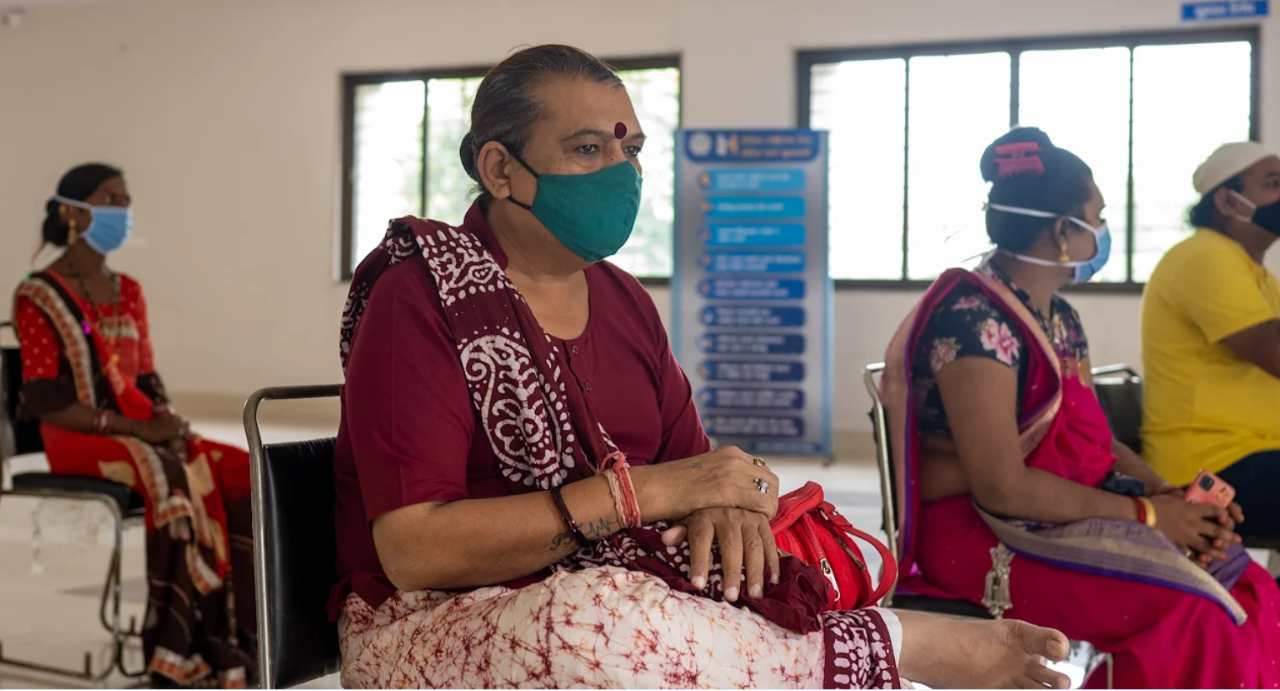
Given that 65 percent of India’s 1.3 billion inhabitants live in rural areas with limited mobile and internet connectivity and digital literacy, concerted efforts were made to ensure that inclusion, safeguards, and equity were built into CoWIN. The Government prioritized non-technology aspects of the platform, offering citizens and health workers the flexibility to register either online or in person.
CoWIN offers other types of flexibility as well, to patients, healthcare workers, and policy makers. Beneficiaries are given their choice of vaccine, testing centre, and appointment time, and provided with the information needed to make informed decisions. Decentralized programme implementation allows district officials to plan for and create session sites on CoWIN. Health workers can record vaccine transactions and print digital certificates. Real-time online dashboards allow the Government to review consumption and avoid wastage across locations, as well as minimize intervals between dosage.
CoWIN’s successful implementation shows that digitization can build trust between service providers and citizens.
Investments in capacity building
India’s Government has prioritized building resilient and sustainable systems focused on users. That necessitated significant capacity building targeted on strong community and governance engagement around CoWIN.
Over the past six years, the Government has invested in training healthcare workers able to leverage technology to accurately monitor and assess both supply chain and workforce performance. Deployment of a well-trained and dedicated team at national, state, regional, and district levels has been critical to the seamless implementation of CoWIN. In fact, more of CoWIN’s budget is spent on human resources, training, and hardware procurement than software development.
Empowering health workers on digital
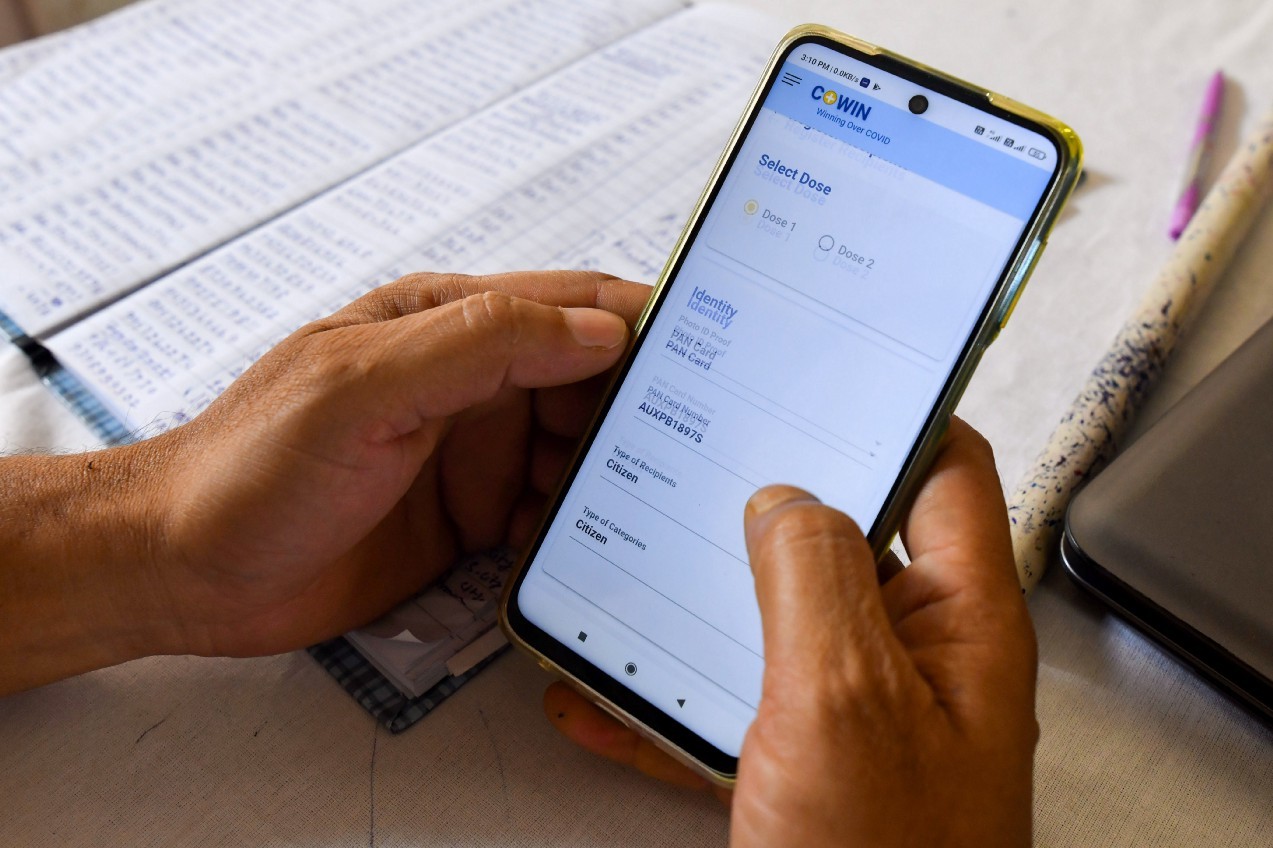
Related to capacity building is the specific focus on healthcare workers at all facilities. Scaling up any digital platform in a public health programme requires acceptance and adoption by all the health functionaries within the system. eVIN and CoWIN have simple smartphone user interfaces that are easy to understand for the last mile healthcare worker. It allows them to record transactions, make entries, create orders, and generate reports – all as part of their daily work. Real-time visibility of vaccine stocks, session sites, and beneficiary load has created an ecosystem of shared responsibility and accountability for managers and health workers to deliver the programme. It has allowed them to make data-driven decisions and improve programme efficiency. In practice this means fewer stockouts and increased availability of vaccines across all health facilities. Nearly all public health facilities are regularly making entries on eVIN and CoWIN – the adherence rate is close to 100 percent.
A major learning from the implementation of CoWIN is the importance of empowering the last mile worker. Systems are only as good as the people who operate them. Technology design must provide a solution to address gaps while building on existing health systems and workflows wherever applicable.
Building safeguards and feedback loops
The country’s strong emphasis on building in safeguards and reflecting ‘privacy-by-design’ principles within CoWIN and other digital public infrastructure to protect the rights of individuals and prevent misuse is a critical implementation aspect. Each dose of a vaccine delivered is digitally recorded using an easily traceable and verifiable QR code. Access at the right levels, with personally identifiable information protected against misuse is another aspect of CoWIN. While CoWIN was designed to prevent fraud through administration only to identifiable individuals, the Government also made special allowances for people without identity documentation.
Based on user feedback, the Government created special measures to make vaccines more accessible to differently abled people and the elderly. CoWIN also enabled continuous tracking of Adverse Events Following Immunization (AEFI) to quickly respond to and track data for better policy making.
Software ownership and avoiding vendor lock-ins
As countries shift towards building digital public infrastructure, software procurements need to prioritize avoiding vendor lock-ins. One of the critical challenges faced by UNDP in supporting the Government of India was ownership of software and intellectual property, resulting in a number of complexities with managing vendors and the challenge of ensuring that software can be made available as a public good. While UNDP is guiding software procurements to meet digital public goods standards as part of its work in DPGs for development, one of the critical areas of DPI implementation will be vendor management with well defined guidelines on ownership and security of software and data.
*India’s CoWIN is currently not accredited as a digital public good by the Digital Public Goods Alliance however there are plans underway in collaboration between the Government of India and UNDP.
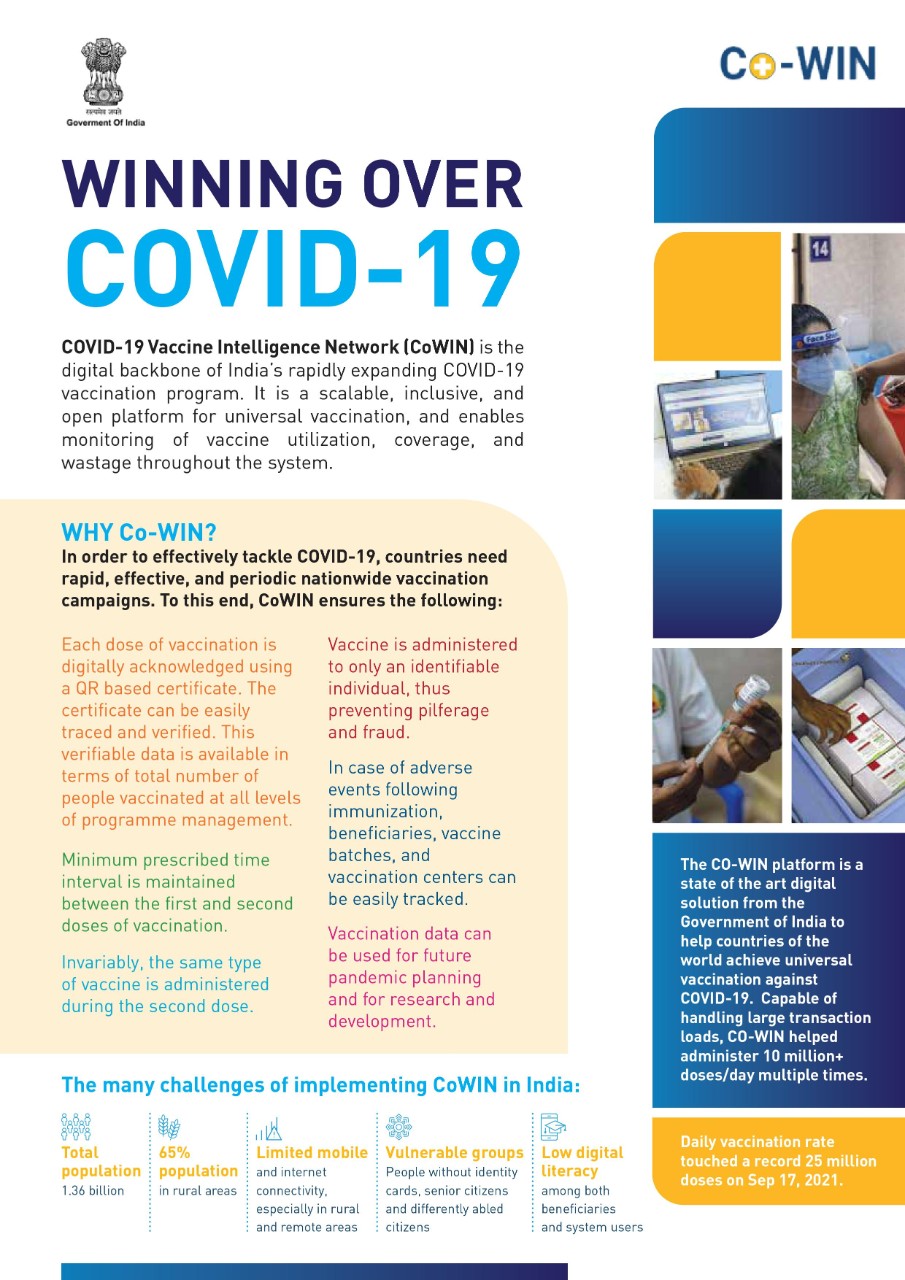
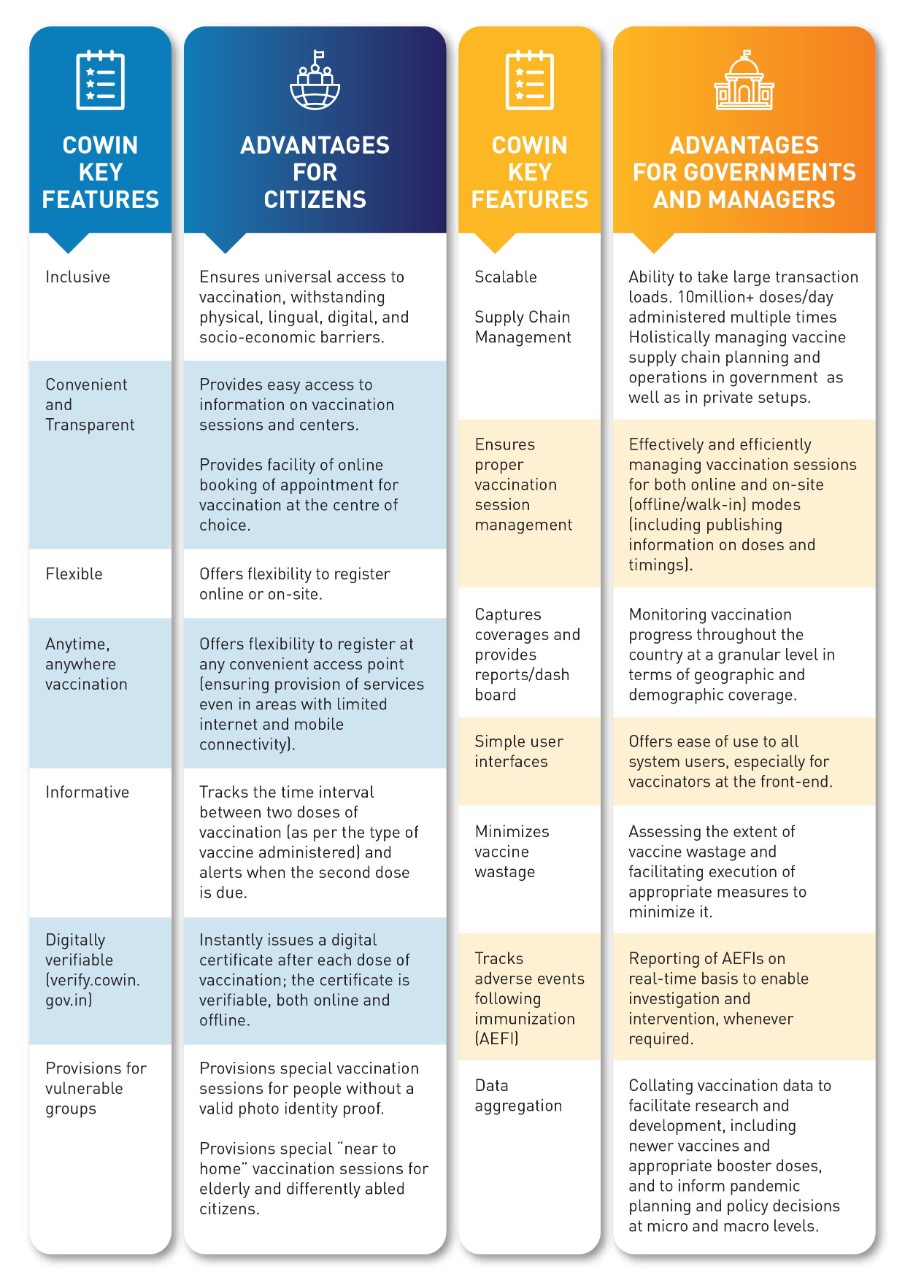
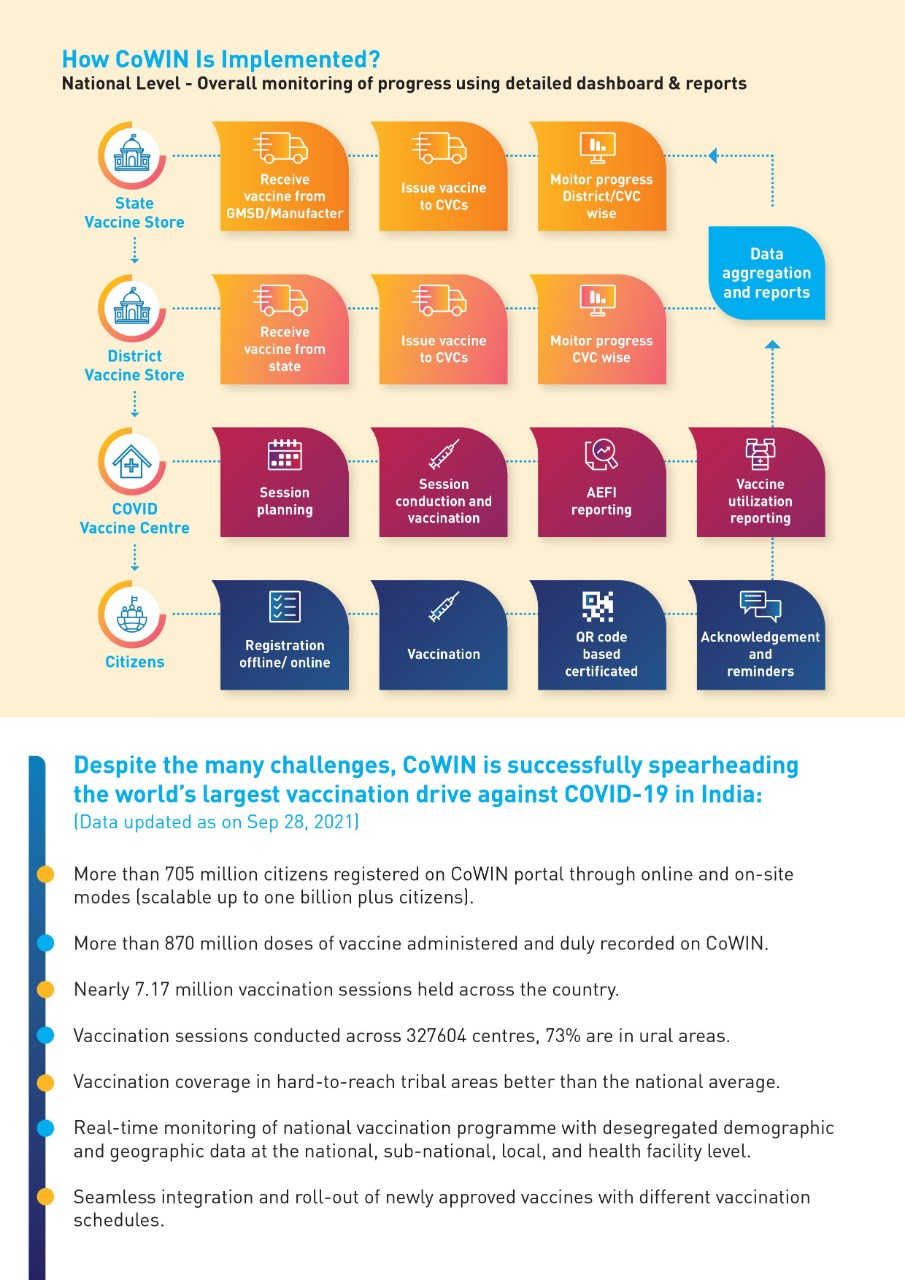
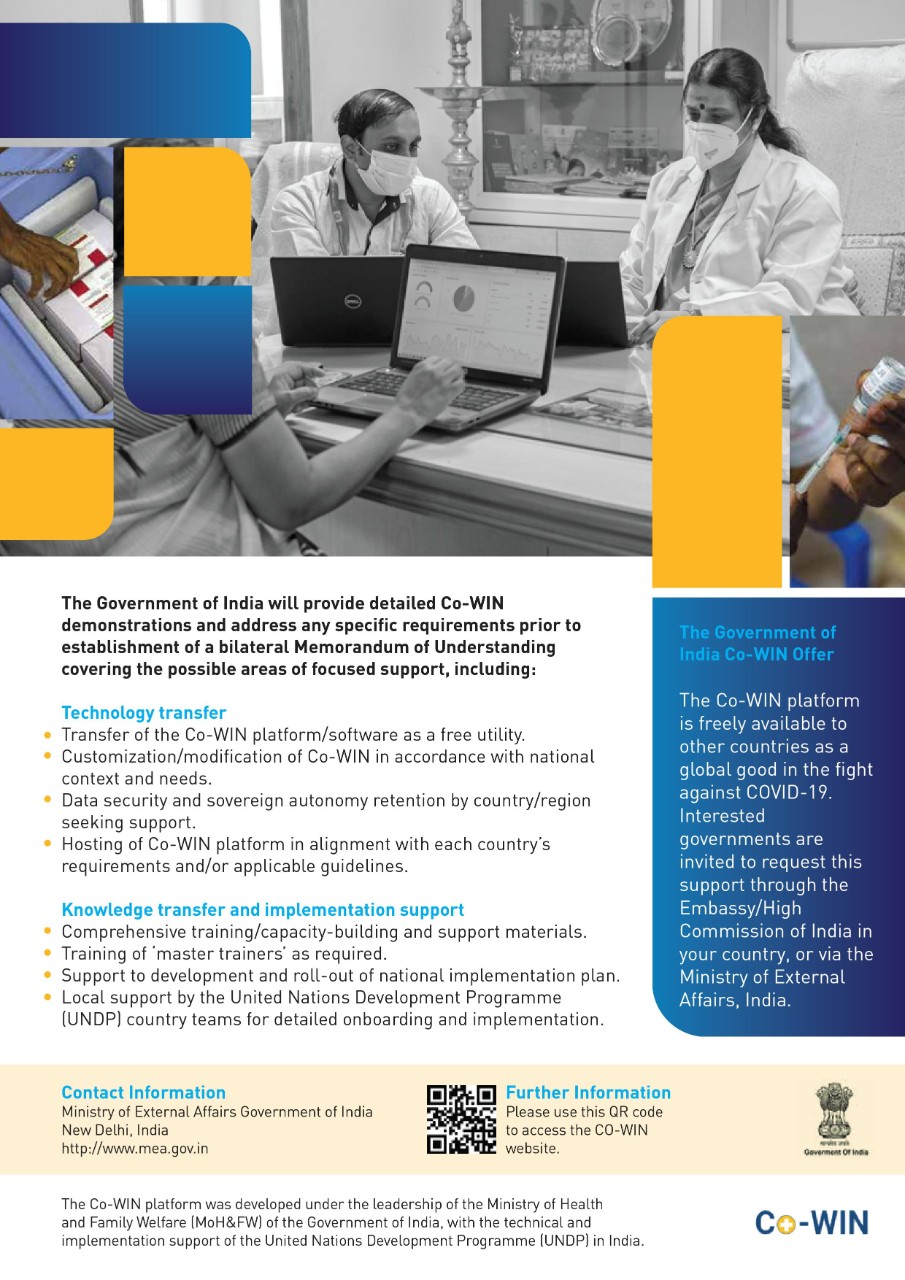

 Locations
Locations


